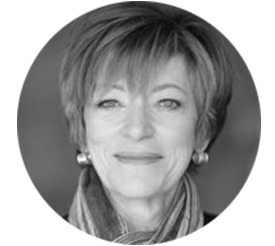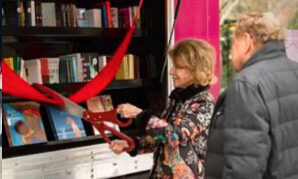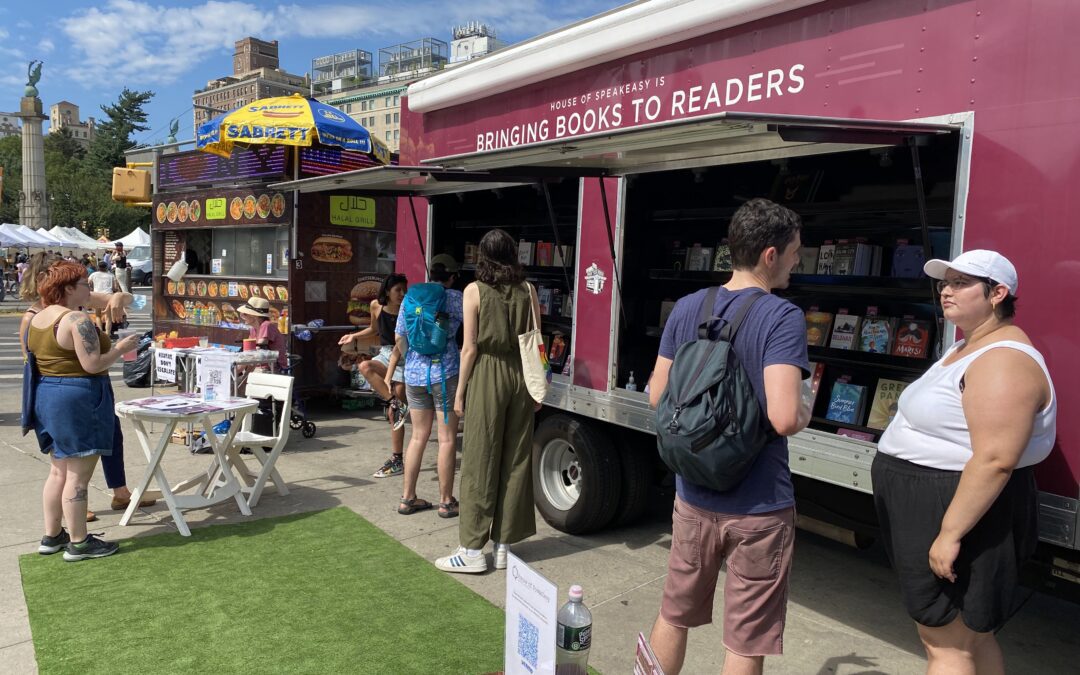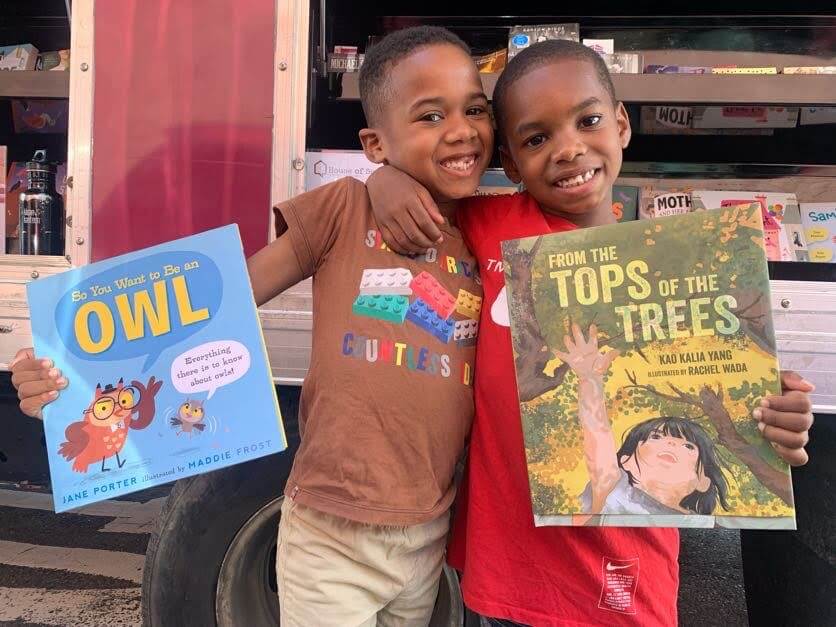Spain’s war had become an experimental exercise — which will prevail, fascism or socialism? Whose weapons are stronger, Germany’s or Russia’s? — that the rest of the world was watching with interest.
This is “a bleak and terrifying epiphany” for Arturo Barea, an aspiring writer working in Madrid as a press censor for the Republicans during the Spanish Civil War. When the conflict began, in 1936, Europe was shifting gears: those loyal to the Republican government found themselves ignored by a nervous Britain and France while the Nationalist insurgents, led by the ruthless General Franco, were being granted fabulous access to new innovations in warfare from Italy and a swiftly rearming Germany. Barea, realising that Spain was viewed internationally as little more than a test run for what was shaping up to be an even bigger conflict, was understandably put out.
He’s one of a handful of characters at the centre of Amanda Vaill‘s superb close-up study of the conflict, Hotel Florida: Truth, Love, and Death in the Spanish Civil War (Farrar, Straus and Giroux, 2014), and although of Vaill’s six protagonists he’s the only Spaniard, it’s his heart that the book’s beats in time with. His confreres on the frontline of this splendid work of biography are his girlfriend, the Austrian-born Ilse Kulcsar; the photographer couple Robert Capa and Gerda Taro; a swaggering Ernest Hemingway; and the young Martha Gellhorn, who later became Hemingway’s third wife and one of the greatest war journalists of the century.
Madrid’s opulent Hotel Florida is the surreal fulcrum for much of the book’s action. This “ten-story marble-clad jewel box” becomes, in wartime, a haven
for a polyglot collection of journalists, French and Russian pilots, and opportunistic ladies of the evening. The pilots and the tarts (and some of the journalists) spent their evenings getting roaring drunk in the little bar, and when shells weren’t whistling over the building the night was punctuated by shrieks and slamming doors and running feet.

Author Amanda Vaill
One of many nice touches: each time Vaill returns to the hotel, she checks in with the concierge, Don Cristóbal, and in glimpses we see him move the reception desk from the front of the hotel to the back to avoid the flying glass from the frequent shellings — but continue to tend to his stamp collection, even as his international guests are forced to move out by the onward creep of Franco’s troops. Moments like these capture the special melancholy of the interwar years, which saw the last hurrah of an Old Europe soon to be completely destroyed by the Second World War. (It’s hard, with all the louche activity going on behind closed doors and the peculiar nonchalance of the book’s actors in the face of danger, not to be reminded of Wes Anderson’s The Grand Budapest Hotel, which captures a similarly bittersweet moment in time.) Vaill’s characters waltz in and out of the Hotel Florida, their paths crossing not only each other’s but those of George Orwell, John Dos Passos, André Malraux and Antoine de Saint-Exupéry. It was a writer’s war, evidently. Indeed Hemingway, in the employ of the North American Newspaper Alliance, made up to $1,000 for each article he sent back. In a series of brilliant vignettes, Vaill records the many fights he had with Dos Passos, amongst others, over the relative veracity of his and others’ reports. But given that one of his motives for heading Spainwards was, in the first place, to find inspiration for “any number of novels”, it’s difficult not to share Barea’s concern that the expat journos flooding into the country didn’t understand “that this was Spain’s war, Spain’s agony.”
It was also a photographer’s war. “If your pictures aren’t good enough,” Robert Capa would say, “you’re not close enough.” He and Gerda Taro certainly got close enough. One of the most famous images of twentieth-century warfare was Capa’s snap of a falling soldier in the early months of the war, a photo which would later attract controversy over allegations that it was staged, but nevertheless became “the symbol… of Loyalist sacrifice”. (See also Vaill’s recent Foreign Policy article on the “Falling Soldier” photo.) Making a living from war reportage often comes at a price, of course; towards the end of the book, Capa confesses, “Slowly I am feeling more and more like a hyena”…
Like Capa and Taro, Vaill understands the power of the snapshot to bring home the horror and surrealism of warfare, and Hotel Florida is full of them: “children lying in neat rows, their eyes closed and their lips parted as if in sleep, numbers on their chests for identification”; a Nationalist air assault that kills only a single frog; Hemingway blasting Chopin to drown out the sound of aerial bombardment. Alongside these telling details, Vaill’s analysis of the interpersonal relationships of her subjects is novel-like in its depth, especially the fraught three-way between Hemingway, Gellhorn and Ernest’s second wife, Pauline. But it’s a portrait of war in deep focus. Vaill is equally skilled when it comes to the long shots, zooming out to take in the bloody territorial back-and-forths in Guadalajara, Guernica, Teruel, Brunete and Madrid — as well as the metastasising threat of wider warfare in response to the agitations of Hitler and Mussolini.
These are the storm clouds that are gathering as Vaill’s story ends. As the Brigades are disbanded, it’s left to Mikhail Koltsov, Pravda‘s Spanish correspondent, to suggest — with final-act abandon — “in the little moment that remains to us between the crisis and the catastrophe, we may as well drink a glass of champagne”. The world would end a thousand times more before the storm was over.
You can read an excerpt from Hotel Florida on the Farrar, Straus and Giroux website here. Amanda Vaill will appear at the next House of SpeakEasy show, The Ink Runs Dry, on May 20. You can buy tickets here and follow Amanda on Twitter here.




